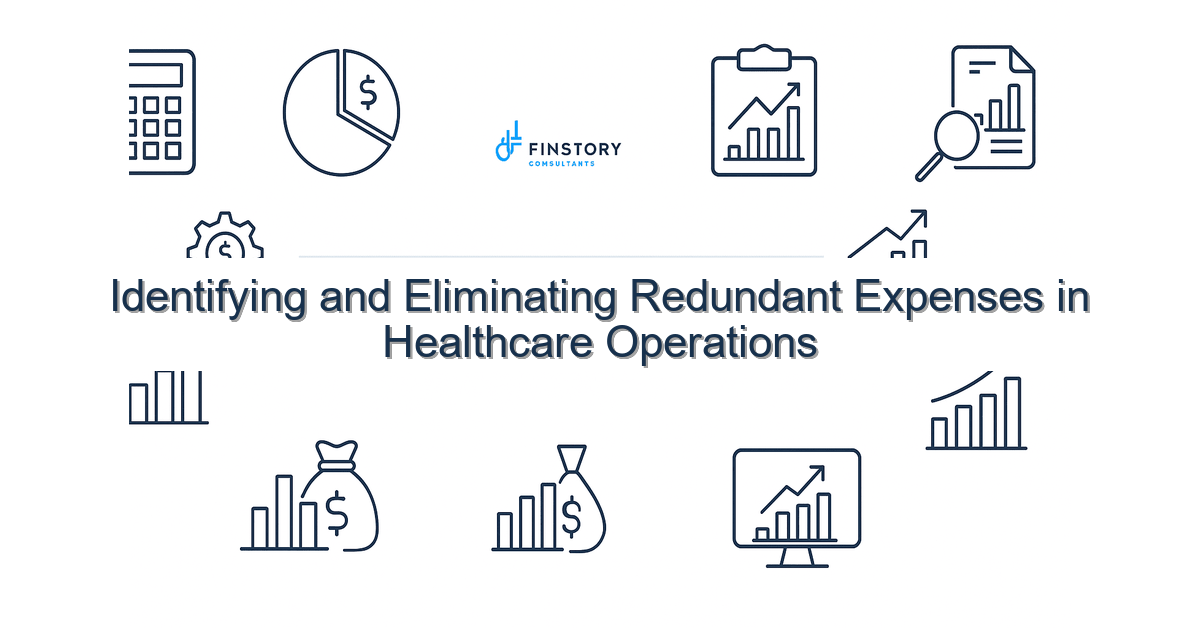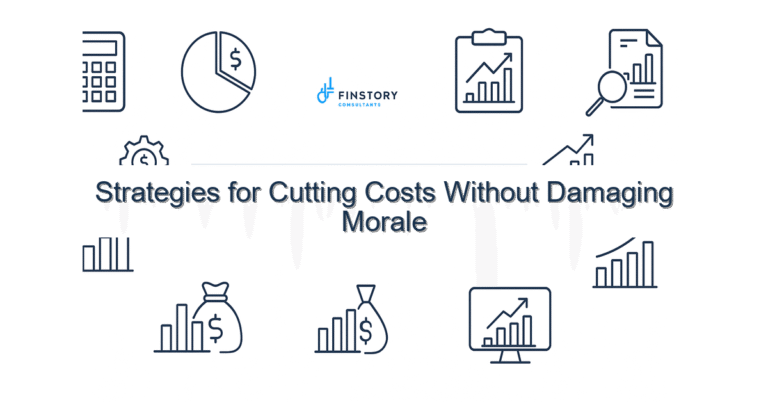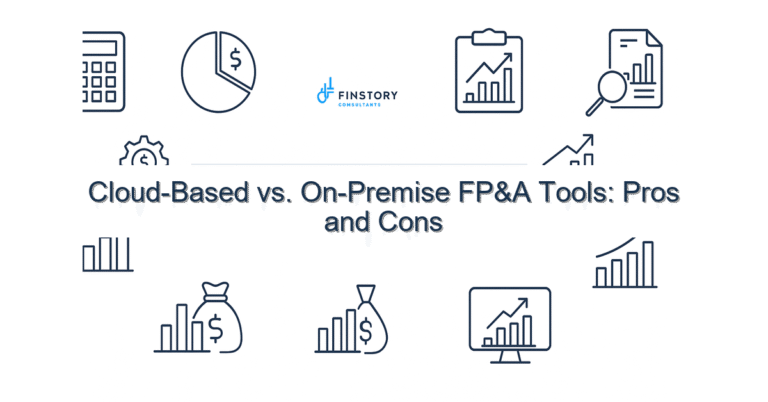Identifying and Eliminating Redundant Expenses in Healthcare Operations
You’re juggling margins, patient care priorities, and an endless stream of invoices. It feels like every dollar saved is a mission-critical win—but where do you start when waste hides in plain sight?
Summary: Pinpointing redundant expenses gives you a clearer budget, faster cycle times, and confidence to reinvest in patient care. This draft lays out a focused framework: diagnose, validate, prioritize, act, and monitor—so you can cut waste without disrupting operations.
What’s the real problem?
Healthcare organizations carry legacy contracts, duplicate subscriptions, and process inefficiencies that quietly erode margins. Leadership often knows there’s waste but lacks a consistent way to find and remove it without risking service or compliance.
- Rising supply costs despite volume controls—because multiple departments order the same items from different vendors.
- Shadow IT and SaaS subscriptions proliferating across clinics with no consolidated contract or owner.
- Manual AP and procurement processes that hide duplicate or erroneous payments until it’s too late.
- Unclear reporting that makes “savings” feel like guesses rather than measurable outcomes.
What leaders get wrong
Leaders mean well but often default to familiar approaches that miss root causes. A few common missteps:
- Treating symptoms: cutting line items in the budget without addressing who controls ordering or why duplication exists.
- Over-centralizing too quickly: imposing rigid procurement controls that frustrate clinicians and push spend off the books.
- Relying on anecdote: acting on complaints or one-off examples instead of data-driven prioritization.
- Neglecting change management: removing a service or vendor without a transition plan that maintains care continuity.
A better approach
Think of this as forensic finance: methodical, fast, and focused on protecting operations. Use a five-step framework.
- Diagnose: Aggregate spend data across systems (AP, procurement, GL, CC) to create a single source of truth.
- Validate: Reconcile supplier lists, SKUs, and subscriptions with department owners to confirm use and necessity.
- Prioritize: Score opportunities by dollar impact, ease of capture, and operational risk.
- Act: Run targeted pilots—consolidate vendors, cancel unused SaaS licenses, negotiate terms—then measure results.
- Monitor: Build dashboards, establish owner-level KPIs, and automate recurring reviews so savings stick.
Real-world snapshot: a mid-sized health system found $1.2M in redundant lab reagent contracts by matching invoice line-items to inventory usage. They piloted vendor consolidation across two hospitals, cut unit cost by 18%, and rolled changes system-wide in 90 days.
Quick implementation checklist
- Pull the last 12 months of AP, purchasing card, and procurement data into one workbook or data model.
- Identify top 20 vendors by spend and flag ones used by multiple departments.
- Run a simple SKU and description match to uncover duplicate product purchases.
- Inventory all SaaS subscriptions and map them to an owner and business case.
- Convene a 1-hour cross-functional review for the top 5 potential savings areas.
- Negotiate a 30- to 60-day pilot for consolidation or contract repricing with clear metrics.
- Automate an exceptions report for duplicate invoices and subscriptions to run weekly.
- Document governance: who approves vendor changes, who owns savings, and how savings are tracked.
What success looks like
- Reduction in redundant spend: 8–20% of targeted categories within 6 months.
- Improved data accuracy: vendor-master and SKU matches above 95% after cleanup.
- Cycle time: vendor consolidation decisions reduced from 90 days to 30–45 days.
- ROI: typical payback on project costs within 3–6 months for non-capital projects.
- Operational adoption: >90% compliance with new procurement pathways within the first quarter.
Risks & how to manage them
- Clinical disruption: Risk—switching vendors may interrupt supplies. Mitigation—pilot in low-risk units, keep safety stock, and maintain parallel supply during transition.
- Staff resistance: Risk—clinicians and managers push back on new approval rules. Mitigation—engage stakeholders early, show time-savings, and assign departmental champions.
- False savings: Risk—counting theoretical savings that never materialize. Mitigation—use cash-flow metrics, track actual spend post-change, and hold teams accountable to realized targets.
Tools & data
Good results come from good inputs. Combine finance automation with analytics and clear reporting:
- Finance automation: AP automation, eProcurement, and subscription management platforms to reduce manual errors.
- BI & reporting: Power BI or similar tools to blend spend, inventory, and GL data into interactive dashboards.
- Leadership reporting: one-pagers for the C-suite with realized savings, run-rate impact, and risk status to keep decisions moving.
Next steps
Start small but act quickly. Choose a high-spend category, run the 8-item checklist this week, and plan a 30-day pilot. If you’d like, we can map the data sources, stand up the dashboards, and run the pilot with your team.
Work with Finstory. If you want this done right—tailored to your operations—we’ll map the process, stand up the dashboards, and train your team. Let’s talk about your goals.
Work with Finstory. If you want this done right—tailored to your operations—we’ll map the process, stand up the dashboards, and train your team. Let’s talk about your goals.
📞 Ready to take the next step?
Book a 20-min call with our experts and see how we can help your team move faster.
Prefer email or phone? Write to info@finstory.net
or call +91 44-45811170.






